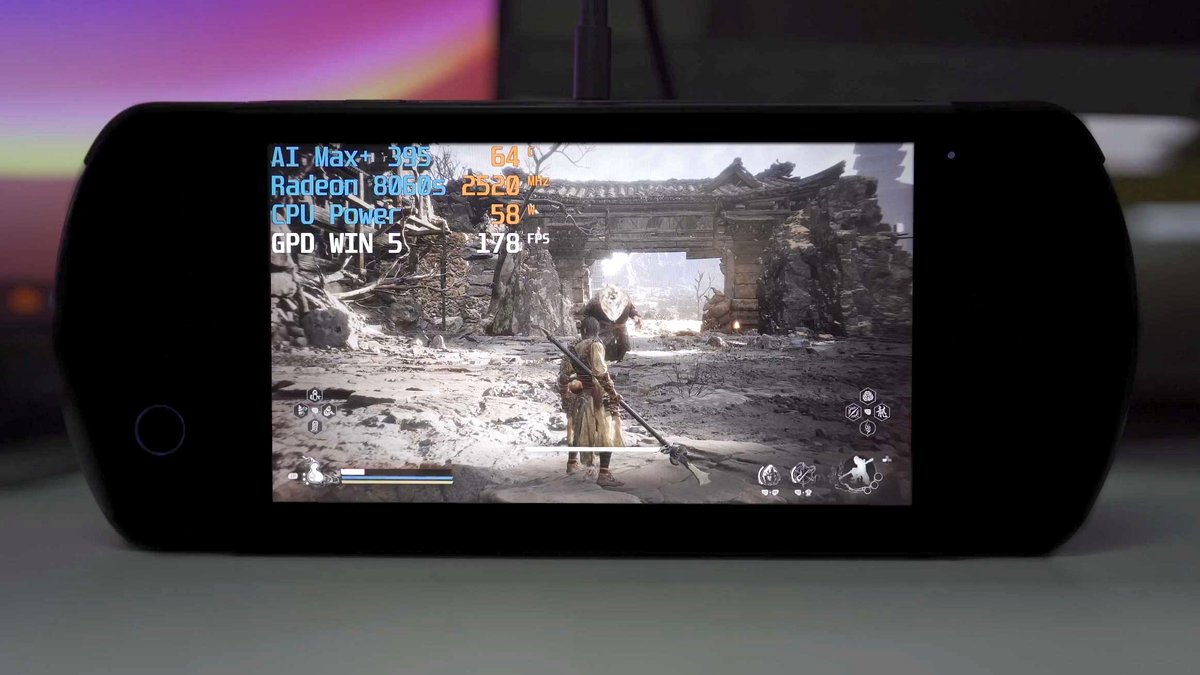A leaked hands-on video of Lenovo's unreleased Legion Go 2 has emerged from China, revealing significant hardware upgrades that position the device as a direct competitor to Valve's Steam Deck OLED and the latest ROG Ally models. The footage showcases a substantially redesigned handheld featuring an 8.8-inch OLED display, AMD Ryzen Z2 Extreme processor, and enhanced ergonomics that address the original Legion Go's most criticized aspects.
Display Technology Breakthrough Sets New Standard
The Legion Go 2 prototype demonstrates Lenovo's commitment to display excellence with an 8.8-inch OLED panel offering 144Hz refresh rate and 1920x1200 resolution. This represents a significant evolution from the original Legion Go's 8.8-inch LCD display, bringing deeper blacks, improved color accuracy, and better power efficiency to handheld gaming. The OLED implementation appears designed to directly challenge Valve's Steam Deck OLED, which revolutionized portable gaming displays in late 2023.
The 144Hz refresh rate specification positions the Legion Go 2 above most current handheld competitors, including the Steam Deck OLED's 90Hz panel. This higher refresh rate capability suggests Lenovo is targeting enthusiast gamers who prioritize smooth gameplay experiences, particularly in competitive titles where frame rate advantages matter most.
AMD Partnership Signals Strategic Platform Shift
Lenovo's adoption of AMD's Ryzen Z2 Extreme processor marks a strategic departure from the mixed Intel/AMD approach seen across the broader handheld gaming market. The leaked prototype confirms 32GB of LPDDR5 memory paired with 1TB SSD storage, indicating a premium configuration that surpasses many current flagship handhelds.
This AMD focus aligns with broader industry trends favoring AMD's mobile architectures for their superior integrated graphics performance and power efficiency. The Z2 Extreme represents AMD's latest mobile gaming silicon, designed specifically for high-performance handheld applications where thermal management and battery life remain critical constraints.
Ergonomic Evolution Addresses Original Shortcomings
The hands-on footage reveals redesigned grips and improved button placement that directly address the original Legion Go's comfort and usability issues. Early users frequently criticized the first-generation device for its bulk and awkward grip design, particularly during extended gaming sessions. The Legion Go 2 prototype appears more refined, with better weight distribution and more natural hand positioning.
These ergonomic improvements reflect the maturation of handheld gaming PC design, where manufacturers increasingly understand that raw performance must be balanced with practical usability. The competitive pressure from Steam Deck's excellent ergonomics and ROG Ally's refined design language has clearly influenced Lenovo's approach to the successor model.
Market Timing Intensifies Handheld Competition
The Legion Go 2 leak emerges during a period of unprecedented competition in the handheld gaming PC market. Valve's Steam Deck OLED established new display standards, ASUS continues expanding the ROG Ally lineup with Xbox integration, and MSI recently launched its premium Claw series with Intel's latest mobile processors.
Lenovo's timing suggests the company recognizes the narrow window for establishing market position before the handheld gaming space becomes oversaturated. The substantial hardware upgrades demonstrated in the leaked video indicate Lenovo is prioritizing technical leadership over conservative iterative improvements, betting that superior specifications will differentiate the Legion Go 2 in an increasingly crowded market.
The prototype's emergence through Chinese channels, similar to other recent handheld gaming leaks, suggests accelerated development timelines across the industry as manufacturers rush to capitalize on growing portable gaming demand before potential market saturation occurs.
Sources
- PCWorld: "Watch: Lenovo's new Legion Go 2 handheld leaked in hands-on video by PCWorld Staff"
- Tom's Hardware: "Lenovo Legion Go 2 prototype spotted ahead of launch in China by Tom's Hardware Staff"
- PC Gamer: "Better grips, OLED screen, and more memory: Our first actual look at the Lenovo Legion Go 2 is everything I wanted in the original by PC Gamer Staff"
- Gizmodo: "Leaked Lenovo Legion Go 2 Will Make You Mad at Xbox and Nintendo by Kyle Barr"
Note: All sources have been verified for accuracy and editorial standards compliance.
